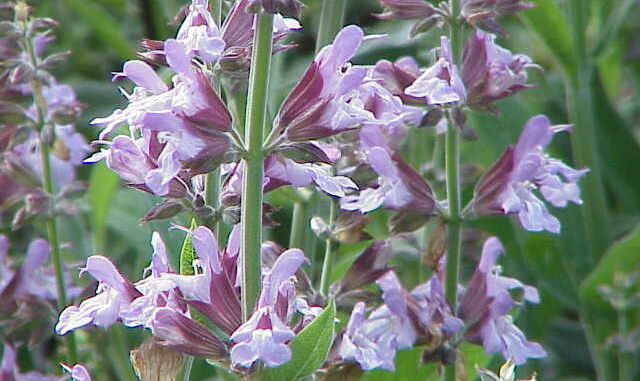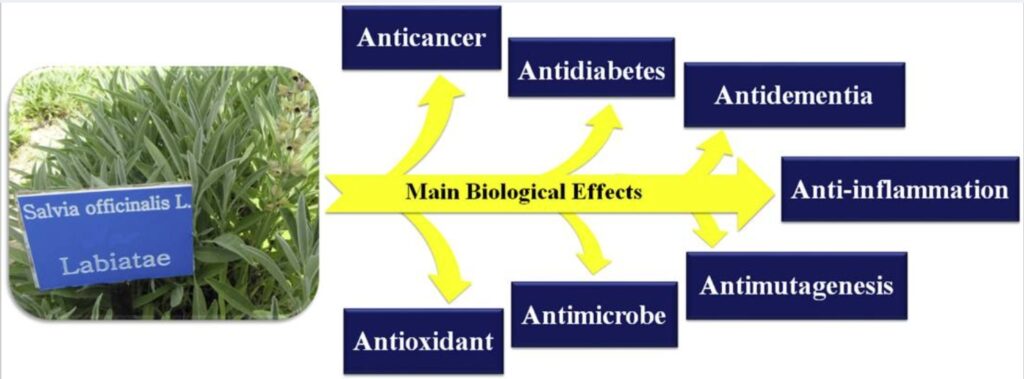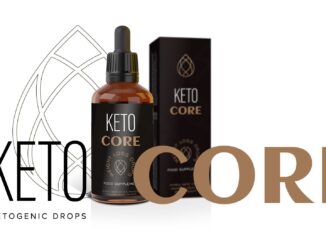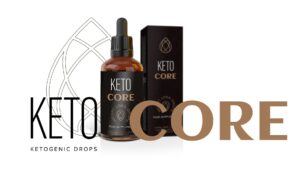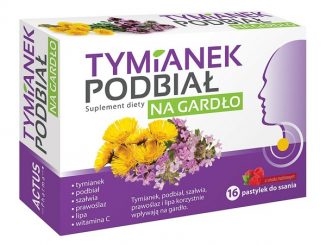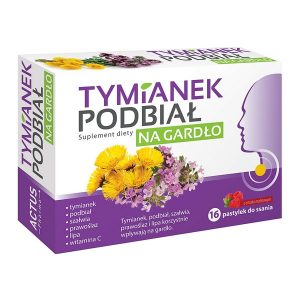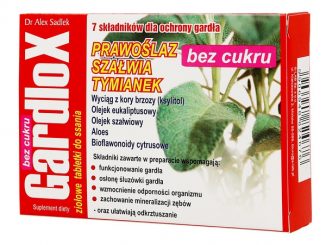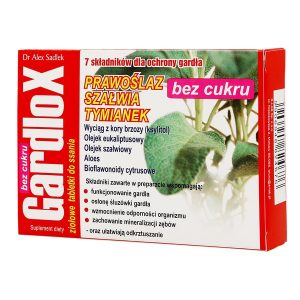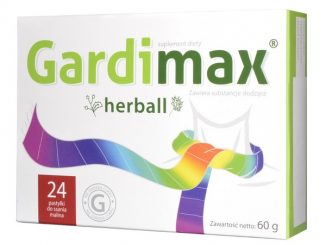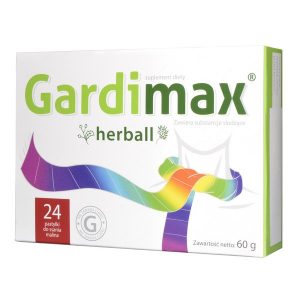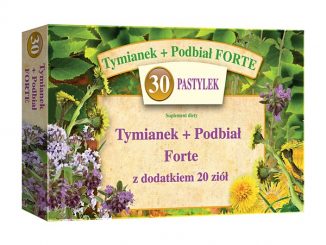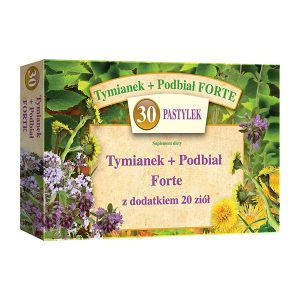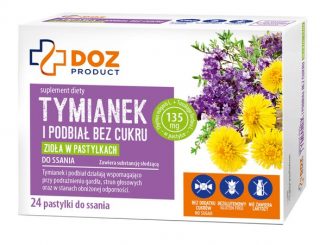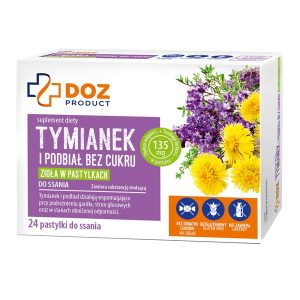The properties of Sage
Salvia officinalis, the common sage or just sage, is a perennial, evergreen subshrub, with woody stems, grayish leaves, and blue to purplish flowers. It is a member of the mint family Lamiaceae and native to the Mediterranean region, though it has been naturalized in many places throughout the world. It has a long history of medicinal and culinary use.
The properties of sage include anticancer, anti-inflammatory, antinociceptive, antioxidant, antimicrobial, antimutagenic, antidementia, hypoglycemic, and hypolipidemic effects(1430).
The major phytochemicals in flowers, leaves, and stem of S. officinalis are well identified. A wide range of constituents include alkaloids, carbohydrate, fatty acids, glycosidic derivatives (e.g., cardiac glycosides, flavonoid glycosides, saponins), phenolic compounds (e.g., coumarins, flavonoids, tannins), poly acetylenes, steroids, terpenes/terpenoids (e.g., monoterpenoids, diterpenoids, triterpenoids, sesquiterpenoids), and waxes are found in S. officinalis.
Flavonoids isolated from Salvia officinalis: apigemin, cirsimaritin, ellagic acid, genkwanin, hispidulin, luteolin, quercetin, rosmarinic acid, rutin.
Terpenes and terpenoids isolated from Salvia officinalis: borneol, camphor, carnosol, caryophyllene, cineole, ferruginol, limonene, linalool, myrcene, oleanolic acid, phellandrene, sabinene, ursolic acid, alpha-cadinene, alpha-muurolene, alpha-pinene, alpha-thujone, beta-ocimene, gamma-elemene, p-Cymene.
Comparing the phytochemicals in flowers, leaves, and stem of Salvia officinalis; linalool is the most present phytochemical in the stem; the flowers have the highest level of α-pinene and cineole; and bornyl acetate, camphene, camphor, humulene, limonene, and thujone are the most present phytochemicals in the leaves.


























































